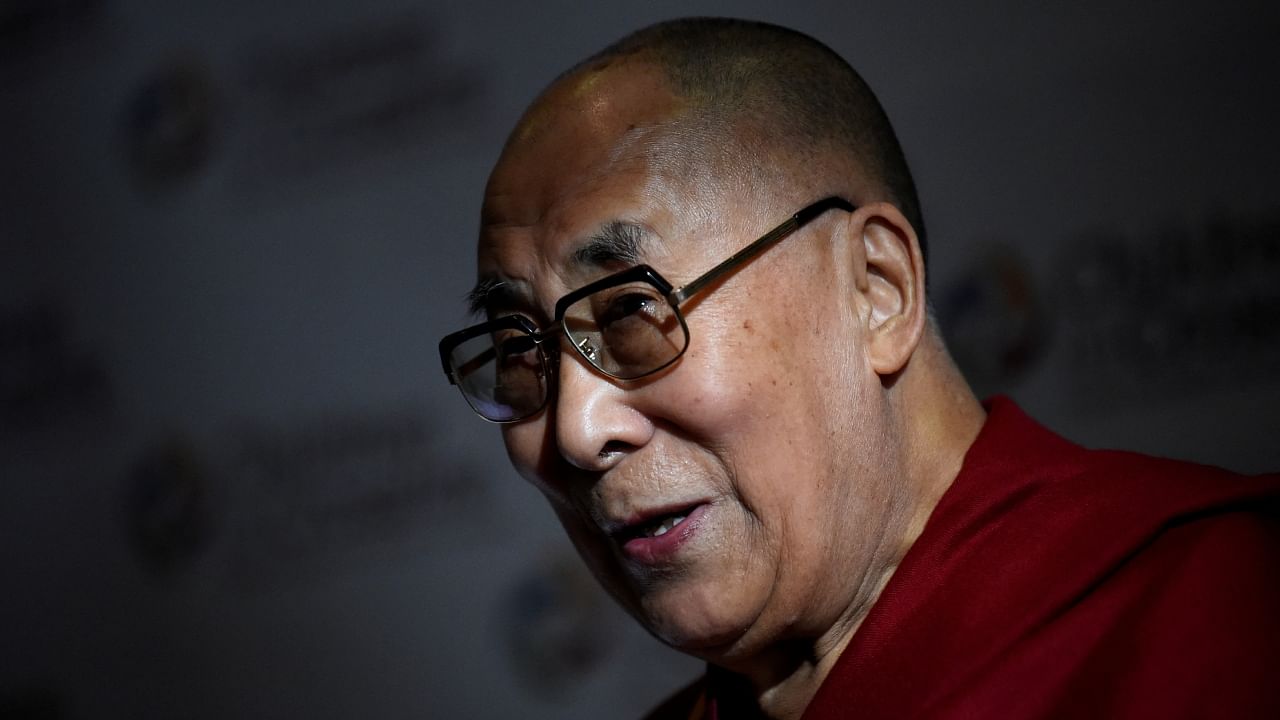
The chief ministers of Arunachal Pradesh and Sikkim have invited the Dalai Lama to visit the two frontier states of India, sending out a not-so-subtle message to China.
Pema Khandu, the chief minister of Arunachal Pradesh, had a meeting with the Dalai Lama in New Delhi early on Saturday. Khandu later tweeted that the Tibetan spiritual leader has assured him that he would visit the northeastern state in October or November this year. He also posted pictures of him and his family with the 87-year-old Buddhist monk.
Not only Khandu, Prem Singh Tamang, the chief minister of Sikkim, too had a meeting with the Dalai Lama in New Delhi earlier this week. “I extended an invitation to His Holiness to visit Sikkim and grace us with His valuable presence. He was kind enough to accept our invitation and has consented to visit Sikkim during October 2023,” tweeted Tamang.
The Dalai Lama was in New Delhi to attend the Global Buddhist Summit held by the Government of India. Prime Minister Narendra Modi inaugurated the conclave on April 20, while the Tibetan Buddhist monk addressed it a day later, on April 21.
Though the Dalai Lama was in New Delhi on April 20, he did not turn up at the venue of the Global Buddhist summit, apparently because the Government of India did not want him to share the podium with the prime minister, who might play host to Chinese President Xi Jinping twice this year – for the summits of the Shanghai Cooperation Organisation (SCO) and the G20.
New Delhi did send out a message to Beijing though. The meeting between Khandu and the Dalai Lama in New Delhi as well as the revelation of the Tibetan Buddhist monk’s plan to visit Arunachal Pradesh came less than three weeks after China sought to buttress its claim on the northeastern state of India by assigning new names in Tibetan and Mandarin languages to 11 more places there.
China had earlier renamed six places in Arunachal Pradesh of India in Mandarin and Tibetan in April 2017 and 15 more places in December 2021.
Beijing claims 90,000 sq km of area in Arunachal Pradesh of India as part of the territory of China and calls it Zangnan or south Tibet. New Delhi, however, rejects Beijing’s claim. It recently reiterated that China’s move to assign “invented names” to places in Arunachal Pradesh would not alter the fact that the state had always been and would always remain an integral part of India.
The Dalai Lama has been living in India ever since he fled the Potala Palace in Lhasa in March 1959, to escape the Chinese People’s Liberation Army (PLA), which had by then occupied Tibet. Beijing has been calling him a “separatist” and accusing him of running a campaign to split China.
He had last visited Arunachal Pradesh in April 2017, triggering strong protests from Beijing, which had accused New Delhi of underlining China’s territorial sovereignty and hurting China-India relations by allowing the visit. He then stayed in the 17th-century Gaden Namgyal Lhatse monastery in Tawang for a few days. A few weeks later, the stand-off between the Indian Army and the Chinese PLA started in Doklam in western Bhutan and continued for 72 days. This was followed by another military stand-off between the two neighbouring nations along the Line of Actual Control (LAC) in eastern Ladakh in April-May 2020 and it has not been completely resolved yet.
China has been building military infrastructure all along its disputed boundary with India. The Indian Army soldiers had on December 9, 2022, foiled an attempt by the Chinese PLA to change the status quo along the LAC – the de facto boundary between the two nations – at Yangtse near Tawang in Arunachal Pradesh. There have been similar clashes between the soldiers of the two nations at Naku La in northern Sikkim in May 2020 and January 2021.
In addition to Arunachal Pradesh, Beijing also claims 2,000 sq km of area in Himachal Pradesh and Uttarakhand of India. New Delhi on the other hand claims that China is illegally occupying about 38,000 sq km of India’s territory in Aksai Chin, which borders eastern Ladakh. Pakistan also ceded to China about 5,180 sq km of India’s territory in 1963.
